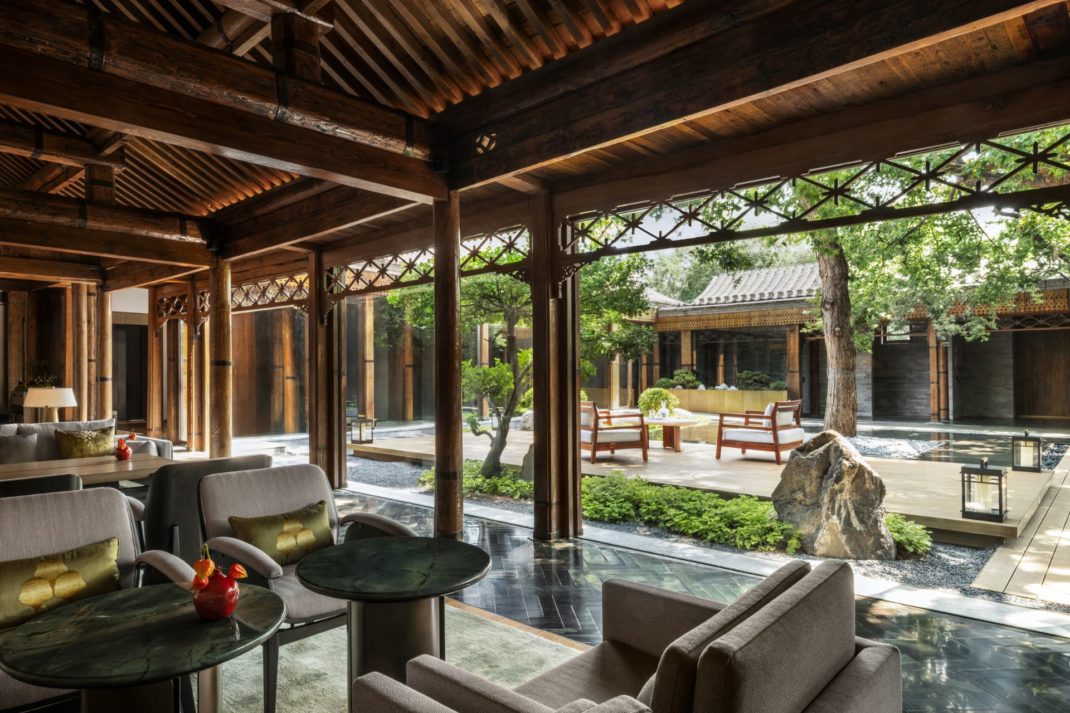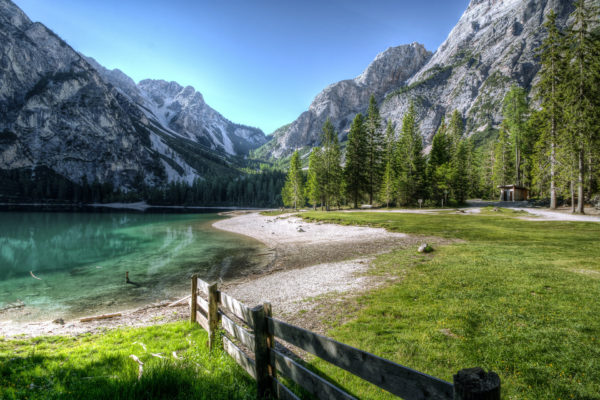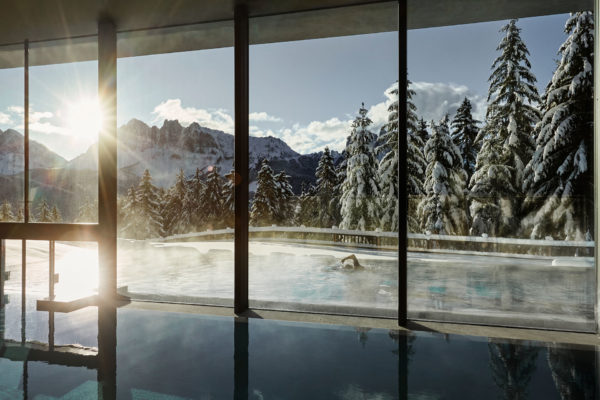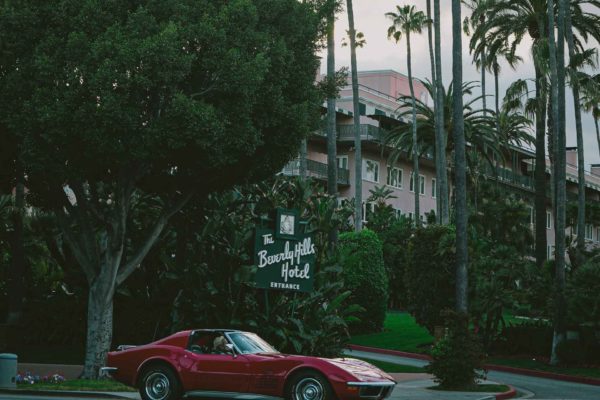Ultimate Guide To Cascais, Portugal
By
1 year ago
How to make the most of this beautifully rugged stretch of coastline
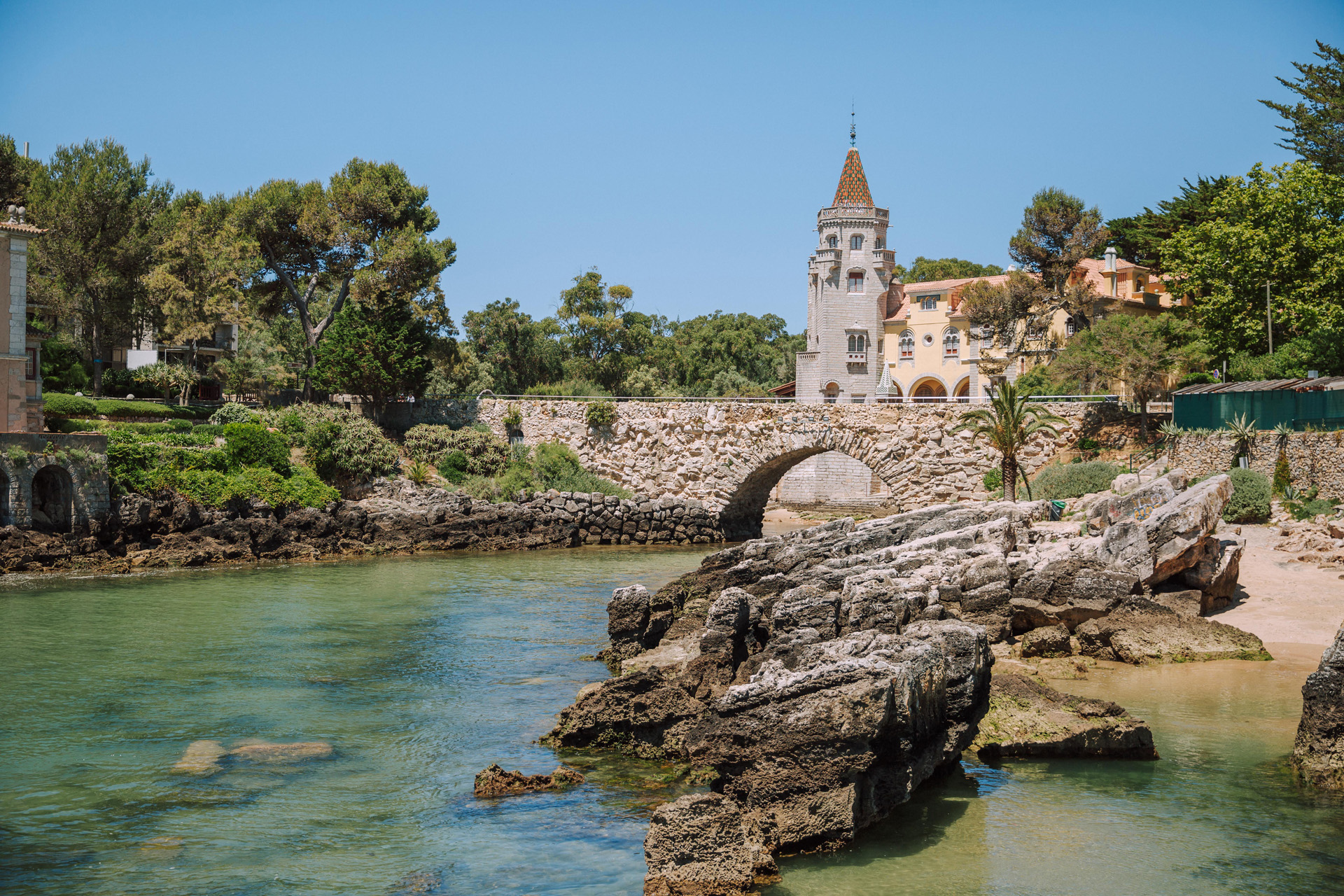
Known as the Portuguese Riviera, Cascais was transformed from sleepy fishing village to the summer playground of European royalty when King Louis I swapped hunting forests for fishing nets in 1870. Where the King went the court followed, as swathes of nobility built grandiose palaces along this beautifully rugged stretch of coastline 20 km from Lisbon. It never looked back. Today, it’s a vibrant multi-cultural town whose bays and beaches boast golden sand and rolling Atlantic surf, restaurants of the finest seafood and more sport and cultural events than most major cities. Whether it’s expats lured by a 10 year tax break, weekenders from Lisbon, or tourists drawn to its famed allure, Cascais has something for everyone, says Felix Milns.
Read the C&TH Guide to Responsible Tourism
Ultimate Guide To Cascais
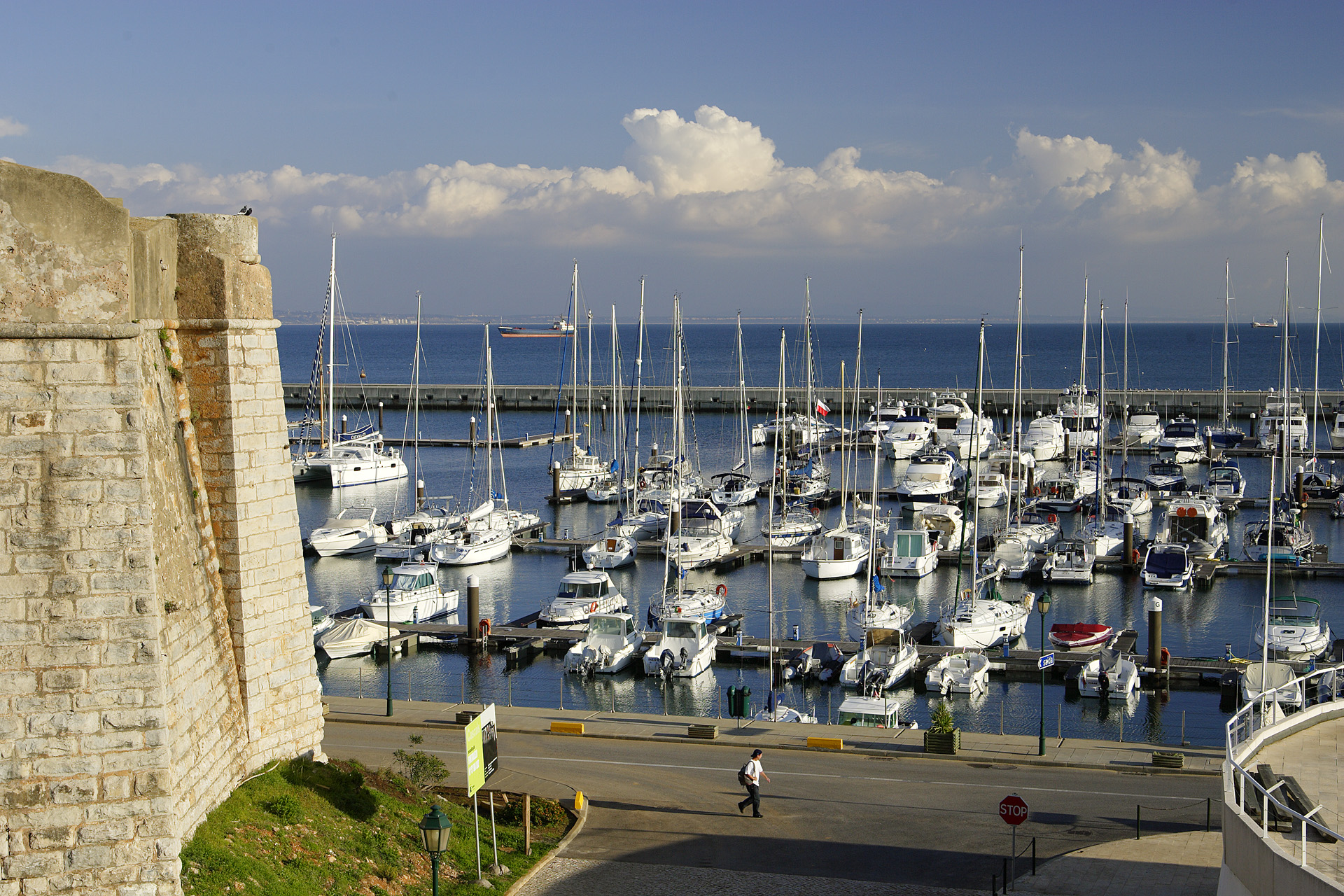
Cascais Marina
STAY
Fancy sleeping like a King? Grand Real Villa Italia Hotel & Spa was home to the last King of Italy, Humberto II, who was exiled here when Il Duce took the reins of power. He was in good company. Taking advantage of Portuguese neutrality during WWII, Cascais played host to the Kings of Spain, Romania & Bulgaria, as well as the Great Duchess of Luxembourg and royalty from the Netherlands and beyond. Today, it has been transformed into a luxury hotel which boasts stunning sea views, set back from the coast road that runs from Cascais up the coast to Guincho. With just over 100 exceptionally generously sized rooms, all with suitably regal-sized beds, grandiose outdoor pool and old school Italian glamour, it’s a solid secluded spot a short walk along the coast into the heart of the old town.
BOOK IT: Double room with breakfast from €200 per night. granderealvillaitalia.realhotelsgroup.com
EAT
Cantina Clandestina
The top spot for Portuguese tapas is Cantina Clandestina, spreading out over the pedestrianised street of Afonso Sanchez, just up the hill from the marina. Service is impeccable, dishing up bold flavours like octopus with chorizo, cabbage and roasted potatoes, crispy shrimps with guacamole and mango, slow cooked pork cheeks and vibrant green shelled broad beans with tiny cubes of morcella sausage and vinaigrette. Next door, there’s a buzzy Mexican mixing margeritas and tacos, with a highly rated Japanese place aptly named Izakaya around the corner.
VISIT: R. Afonso Sanches 47, 2750-282 Cascais, Portugal
Lota da Esquina
For a hint of Brazil, try Lota da Esquina, whose classic Portuguese fare includes seafood rice, served with melt-in-the-mouth Mediterranean red prawn and unctuous clams steeped in olive oil, garlic and coriander. Portuguese cuisine is unique in the med in it embrace of coriander, and this is a classic way to enjoy. All manner of ceviche are complemented by a Brazilian Moqueca fish curry, whose creamy coconut flavours work perfectly with the local grouper. Mains are served in stainless steel pans to add to the drama tableside.
VISIT: Largo Mte. Henrique Anjos 182, 2750-411 Cascais, Portugal
Belvedere
Italian restaurants abound, one of the most refined for dinner is the beautifully low-lit and biophilic Belvedere, found in the Grand Real Villa Italia. Renowned for their fritto misto, other delectable treats include linguine with local lobster, turbot with lemon and fried artichokes and melt-in-the-mouth beef taglaita.
VISIT: R. Frei Nicolau de Oliveira 100, 2750-319 Cascais, Portugal
Café Paris
Day trippers to the hilltop town of Sintras should lunch at Café Paris, whose long terrace overlooks the historic National Palace. Dishes like tender grilled Iberian black pork, spatchcocked piri-piri chicken, and bacalao cod or octopus Laguareiro, where the dish is cooked in olive oil and served with crispy croutons, beans, greens and roasted potatoes.
VISIT: Praça da República 32, 2710-616 Sintra, Portugal
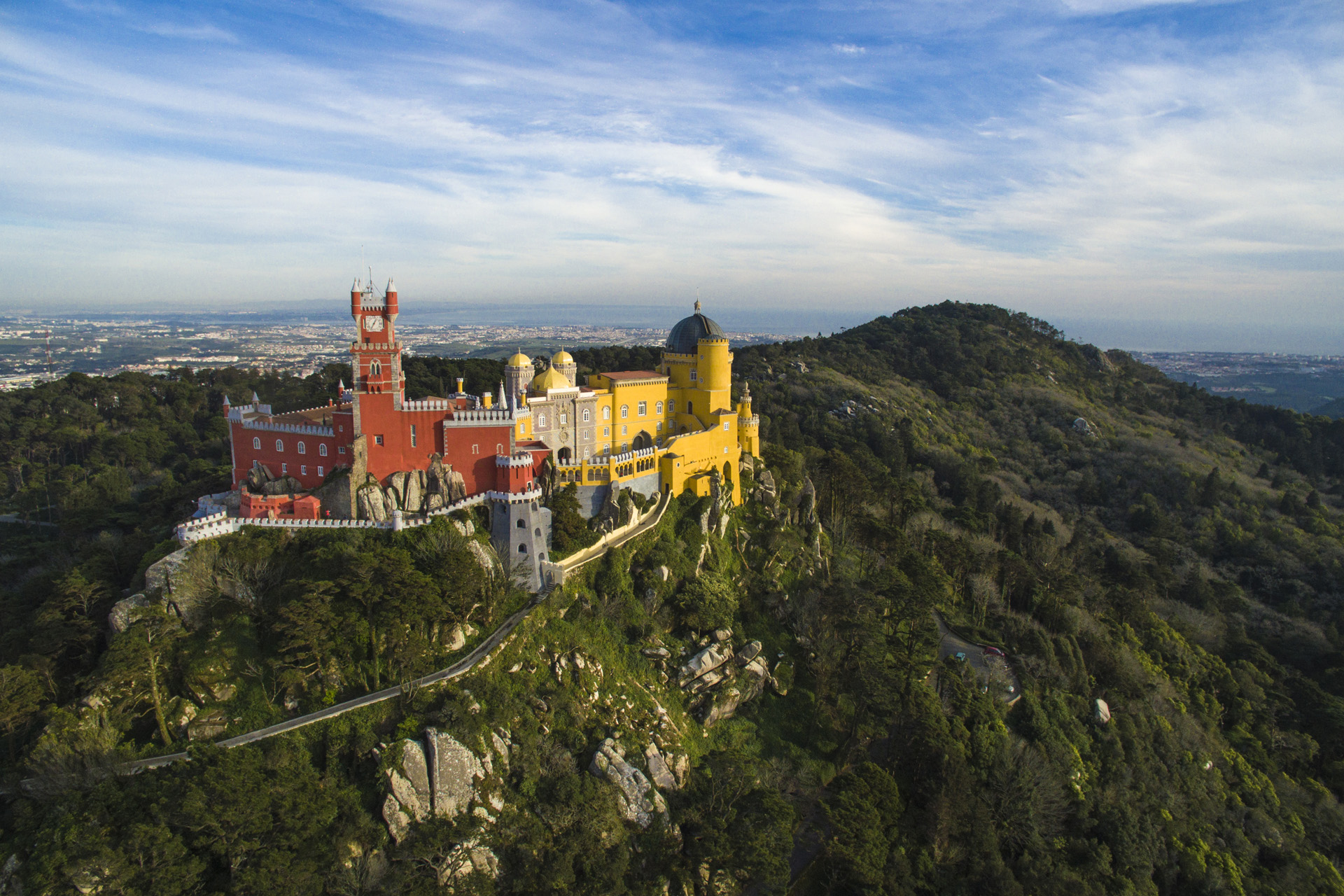
Pena Palace Turismo Cascais
DO
Sink Into Sintra
Talking of Sintra, this is an absolute must-see. A 30-minute drive from Cascais, Sintra is one of the most visited sites in Portugal. A mini-mountain with its own micro climate, and near rainforest like vegetation, it is a UNESCO world heritage site and a profoundly special place, renowned for its gardens, palaces and pastel-hued houses lining the tiny winding streets. Lord Bryon and the English Romantics put it on the map in the 19th century, with Bryon calling it ‘the glorious hidden garden of the world’. Positively dripping with romantic, pagan and secret society symbolism, there are five different palaces to visit. One of the most striking is the Palace of Montserrat, which was developed by English textile millionaire Francis Cook in the 1850s. A mix of neo-everything, the decorative stone and plasterwork is incredible. The gardens, that like the palace were abandoned for 50 years until the turn of the millennium, won European gardens of the year in 2013. parquesdesintra.pt
Explore The Museum Quarter
Back in Cascais Portugal’s most famous artist, Paula Rego, has a permanent collection dedicated to her darkly imaginative works. One of ten museums in the museum quarter, others include Santa Maria House, a beautifully photogenic museum house next to the marina, the Cascais cultural centre which plays host to touring exhibitions, and the Condes do Castro Gulmareaes Museum. This classic example of a nobleman’s holiday villa sits atop the Santa Marta cove, one of the most iconic sites in Cascais. cascaisportugaltourism.com
Cycle The Coastal Route
The coastal route from Cascais to the gloriously expansive wind-swept beaches of Guincho is one of the most scenic roads in Portugal. And today there is a cycle and jogging route lining the rugged rocky outcrops and secret coves. The e-bike revolution is well established here, so jump on an e-bike or scooter and feel the wind in your hair as you blast up the coast. Or the truly hardcore can come for Ironman weekend.
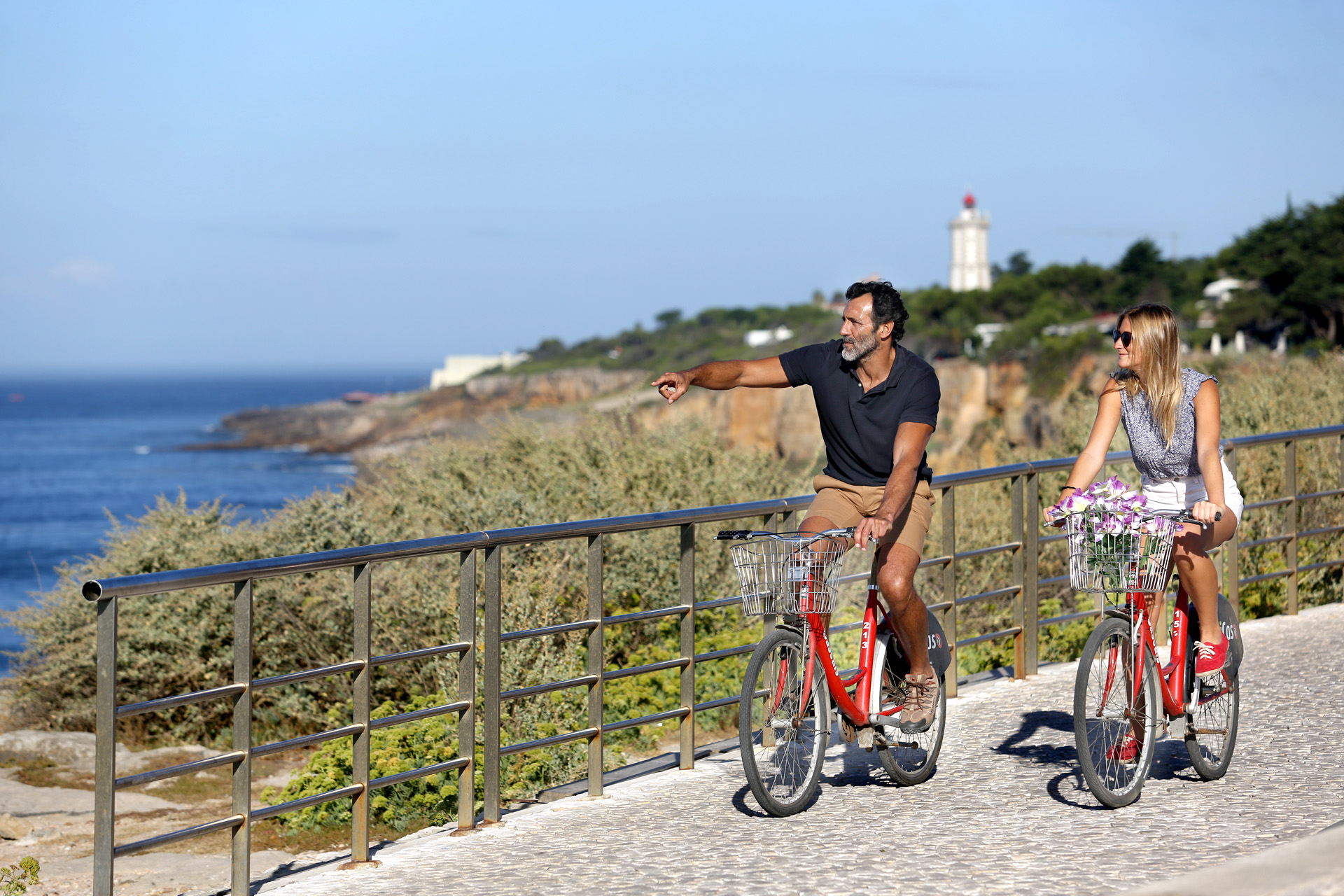
Vineyard Visits
Boasting the most westerly vineyards in Europe, the countryside just north of Cascais makes some wonderful salt sea air-irrigated wines. The Casal de Santa Maria winery is also home to one of the most inspiring tales you will ever hear. The derelict property was first bought by Swiss Banker Baron Bodo von Brumer in the sixties, when he was advised he had pancreatic cancer and not long to live. After renovating the property he and his wife became Portugal’s leading Arabian horse breeders, before the Baron decided, aged 95, that he wanted to start a vineyard. He planted the first vines, helped with the first harvest and lived to 105. casalstamaria.pt
Beaches
There are over 15 beaches spread out along the 30 km of coast, all offering a slightly different twist. From Carcavelos to Estoril the beaches are best for surfing, especially during the summer months, from Esoril to Baia the swell is calmer and great for paddleboarding, while up at Guincho the wind is a boon for kitesurfers.
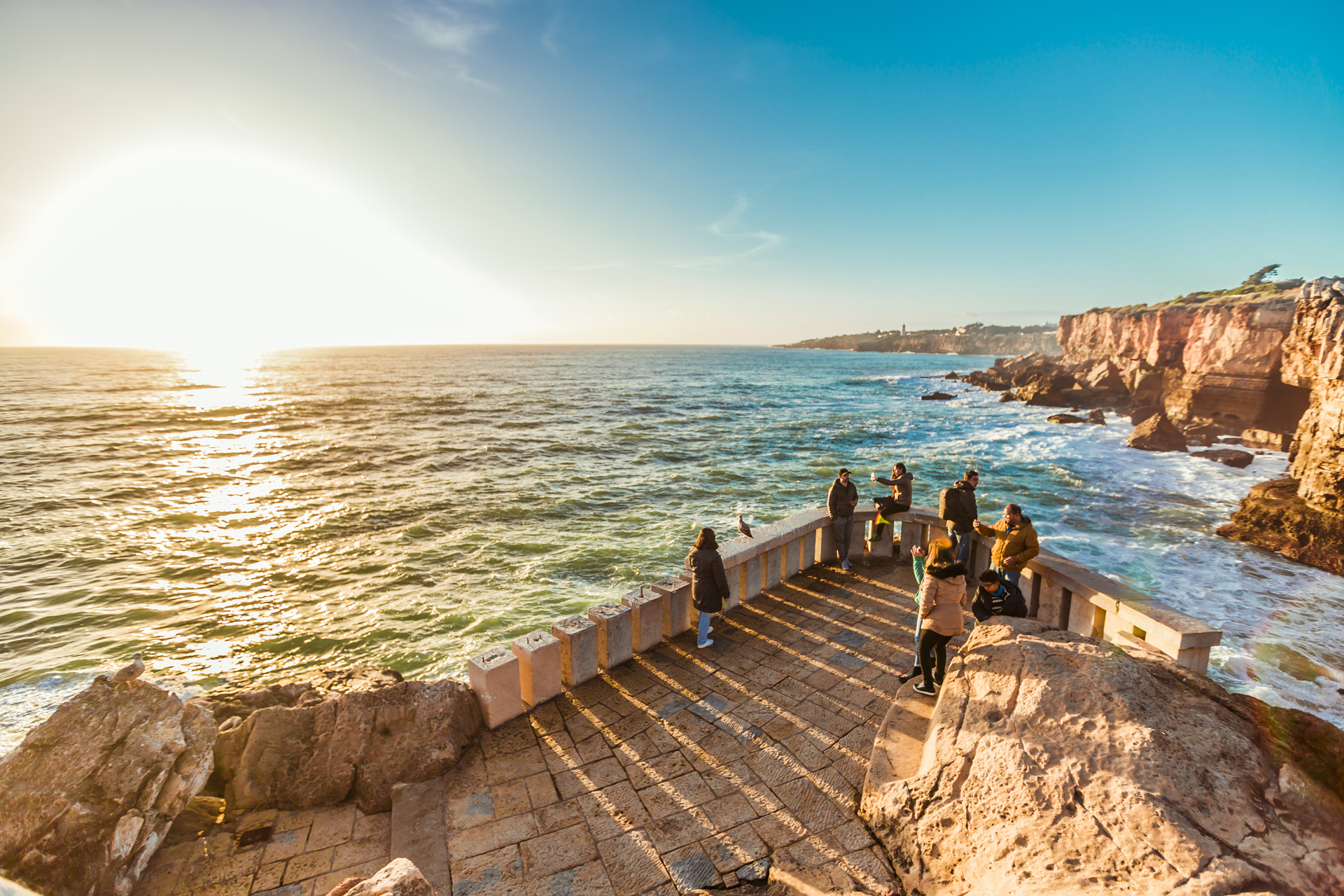
Boca do Inferno
BUY
Portuguese pastel de nata abound, but another Cascais delicacy is the queijada, a cinnamon flavoured cheesecake that travels well and lasts for up to two weeks, so makes a perfect foodie gift. Both Sintra and Cascais have an outpost of poster and t-shirt art shop Toranja, whose bold iconic prints capture the spirit of modern Portugal.
Avoid the tourist tat and seek out proper craft that even the locals want at Cais 16 – Craft Gallery. Selling proper Portuguese beauty products and crafted wicker baskets you can find a soulful souvenir here. Nearby Estoril is home to some fantastic ceramics and cookie boutiques.
BOOK IT
Several airlines, including TAP air, fly direct to Lisbon, and it’s a short 30 minute drive from Lisbon airport. flytap.com
Felix Milns flew from Gatwick to Lisbon return, with a carbon footprint of 466kg of CO2e (ecollectivecarbon.com)



